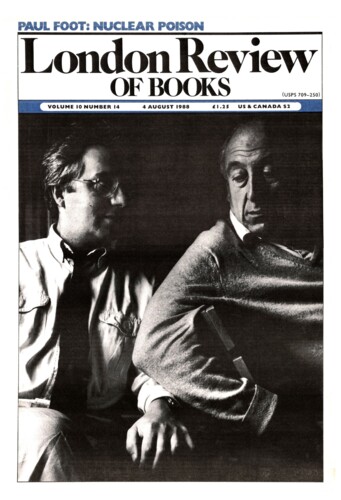A New Interpretation of Dreams
Jeffrey Saver, 4 August 1988
Allan Hobson is a leading Harvard neuroscientist who has figured prominently in the breakthroughs which have occurred over the past three decades in the neurophysiology and neuropsychology of sleep and dreams. Long known within the field for his provocative views on the philosophical implications of sleep research, Hobson in this much-awaited volume addresses himself for the first time to a general audience. The heart of this work is an exposition of the widely-accepted Hobson-McCarley model of dream activity. Dreams, Hobson proposes, are the product of the synthetic, ordering activity of higher cortical brain areas responding to somewhat random internal stimuli generated by lower brain centres in REM (rapid eye movement) sleep. In Hobson’s hands, this activation-synthesis model offers a grand vision of the creative power of the human brain, and yet one set squarely in the mainstream of current cognitive science and neuroscience. It is thus the first encompassing alternative modern neurobiology has offered to Freud’s interpretation of dreams. Hobson is knowledgable about and sensitive to psychoanalytic theory, but does not hesitate to declare its shortcomings. The Dreaming Brain may be seen as an attempt, generally successful, to supplant the analysis of dreams that lies at the core of psychoanalytic theory with a radically different neurophysiological vision, a central challenge to the scientific and psychological foundations of the Freudian world-view.

